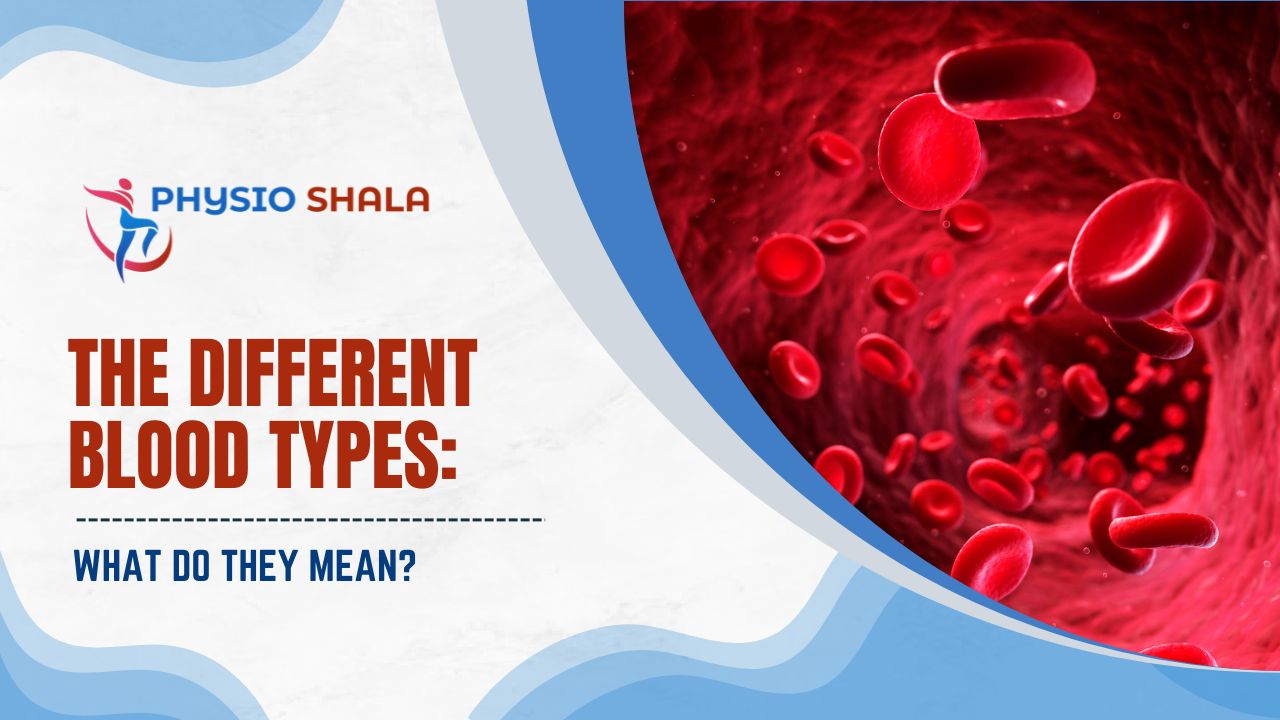Blood Group is a classification of blood types that are based on the presence and absence of antibodies and inherited antigens on the surface of red blood cells. The membrane of RBCs contains a specific antigen called ‘agglutinogens’ which enables humans to be differentiated into various blood groups. These antigens can be protein, carbohydrate, glycoprotein, or glycolipid depending on the system of blood grouping. The blood group is inherited and has a contribution from both parents.
Blood grouping is important for several reasons such as blood transfusion, checking Rh incompatibility in pregnant females, in the investigation of paternity issues, or other medicolegal cases. The two most important blood grouping systems are- the ABO grouping and the Rh (Rhesus) grouping.
ABO Blood Group System
This system is based on the presence of antigen (or agglutinogen) on the surface of RBCs and antibodies present in the serum of the blood. It involves two antigens- antigen A and B; and two antibodies- antibody A and antibody B.
In the presence of a similar antigen and antibody (for example- antigen A reacting with antibody A) the clumping of RBCs or agglutination takes place. Thus, antigen A agglutinates antibody A and antigen B agglutinates antibody B.
Individuals are divided into four major groups under this system:
- Antigen A with antibody B—A group
- Antigen B with antibody A—B group
- Antigen A & B with no antibodies—AB group
- Antigen nil with antibody A & B—O group
The anti-A and anti-B antibodies are usually immunoglobulin M (IgM) they cannot cross the placenta.
| Phenotype and genotype of blood types | |
| Phenotype | Genotype |
| A | AA or AI |
| B | BB or BI |
| AB | AB |
| O | II |
Rh (Rhesus) Blood Group System
This is the second most important blood-group system with around fifty antigens, D-antigen being the most significant of them. It was first discovered in the Rhesus monkey hence the name. Individuals having the D-antigen on their RBCs are Rh-positive (Rh +) and individuals who do not are Rh-negative (Rh-).
The antibody against the D antigen is called an anti-D antibody which is an IgG type antibody and can cross the placenta. The anti-D antibody is not naturally present in the plasma of Rh-negative individuals, but can be formed if:
- Rh-positive blood is transfused (in an Rh-negative individual)
- A Rh-negative mother bears an Rh-positive baby (fetal RBCs enter maternal blood and anti-D antibodies are formed in the mother)
(Rh disease can develop in these cases)
According to this system, an individual can have one of the 8 blood groups:
- positive (A+)
- A-negative (A-)
- B-positive (B+)
- B-negative (B-)
- O-positive (O+)
- O-negative (O-)
- AB-positive (AB+)
- AB-negative (AB-)
In most cases, O negative blood (O-) can safely be given to anyone. It is often used in medical emergencies when the blood type is not immediately known. It is safe for most recipients because it does not have an A, B, or RhD antigens on the surface of the cells, and is compatible with every other ABO and RhD blood group
Blood group test
To check your blood group, your RBCs will be mixed with various antibody solutions. For example- if the solution has anti-B antibodies and you have B antigens on your RBCs, it’ll clump or agglutinate- meaning you are blood group B.
If your blood sample does not react with any of the anti-A or anti-B antibodies, then you have blood group O.
Who can give Blood to Whom
The table below shows which blood group can be given safely to what groups, assuming that there are no atypical antibodies that would cause incompatibility between the recipient and donor blood.
Reference-
“RBC compatibility table”. American National Red Cross. December 2006. Archived from the original on 2008-09-13. Retrieved 2008-07-15
Blood types and compatibility Archived 2010-04-19 at the Wayback Machine bloodbook.com

